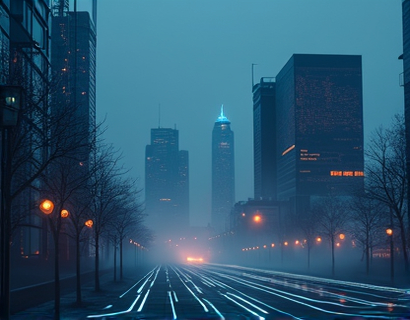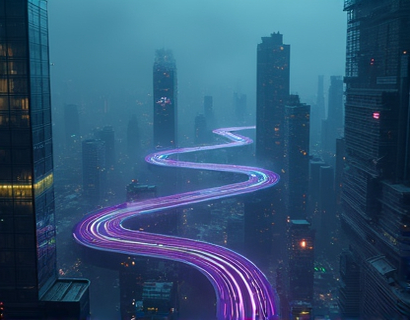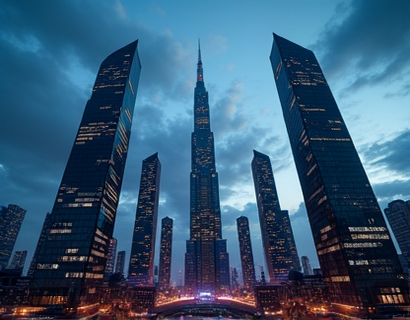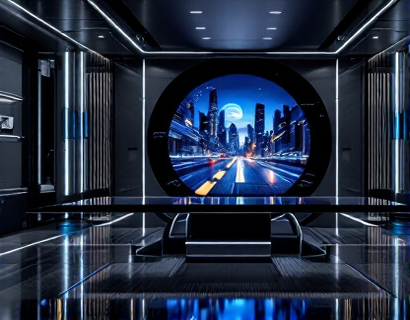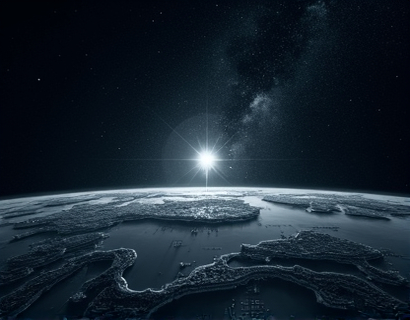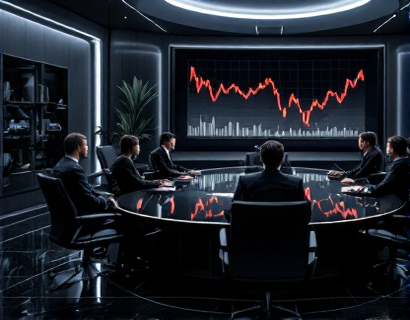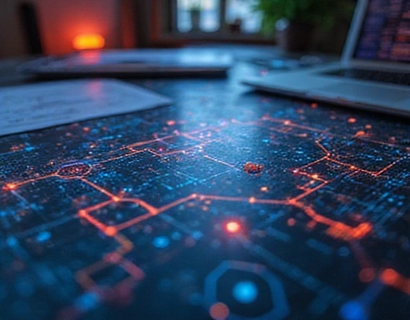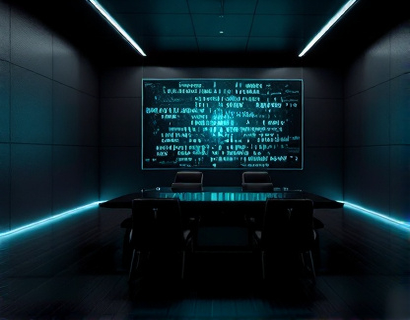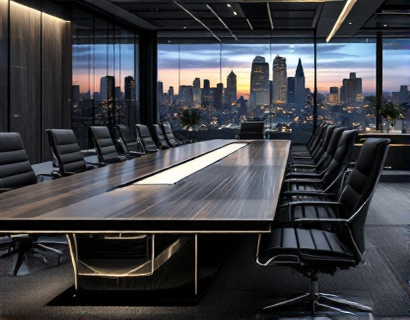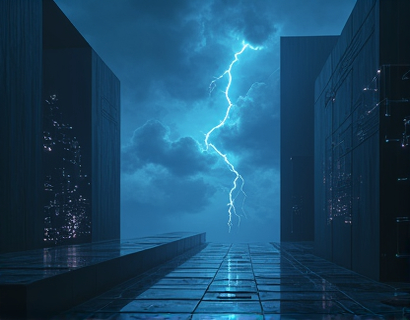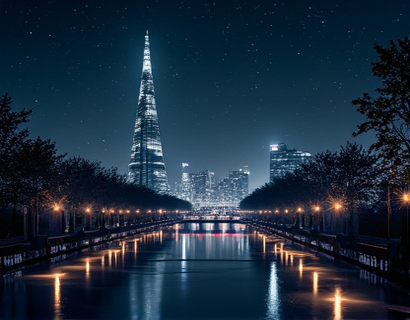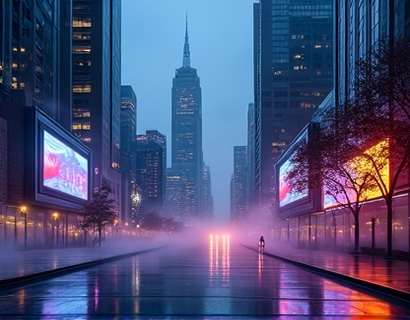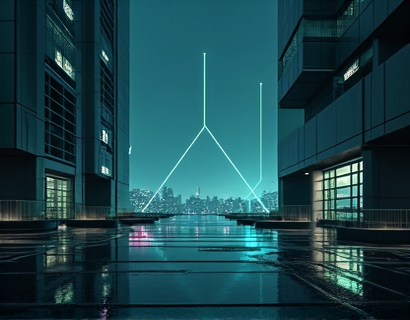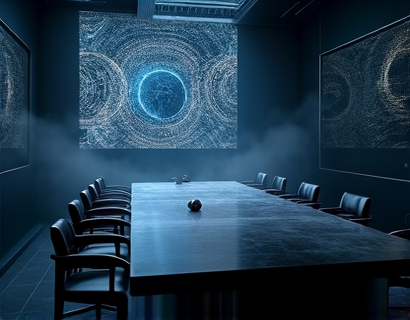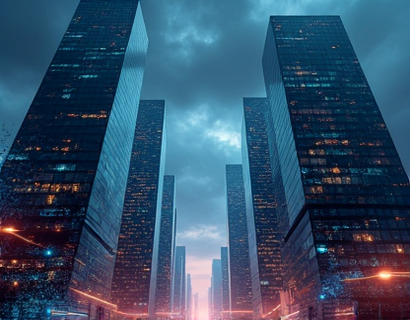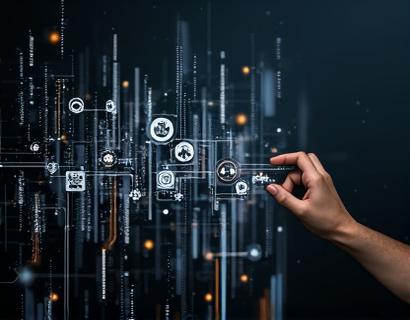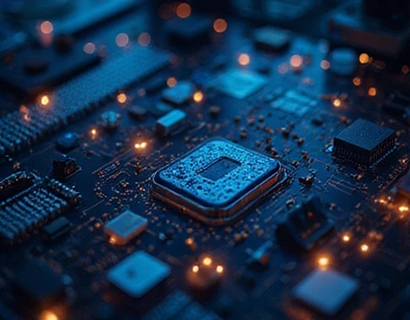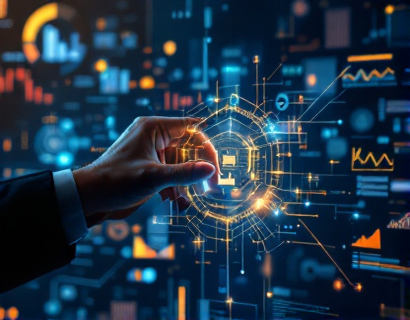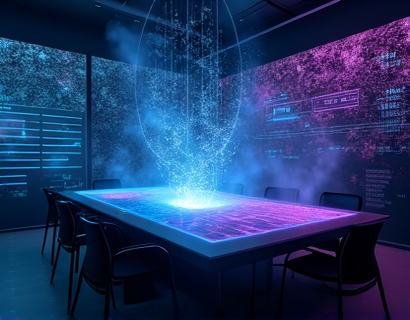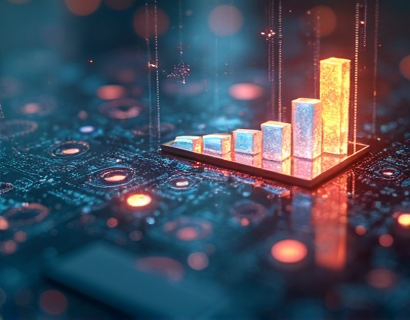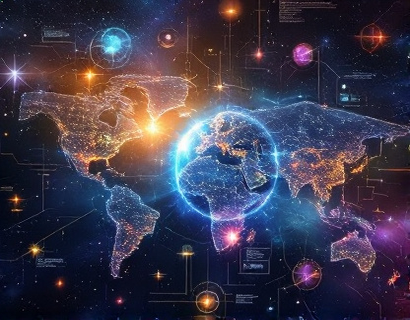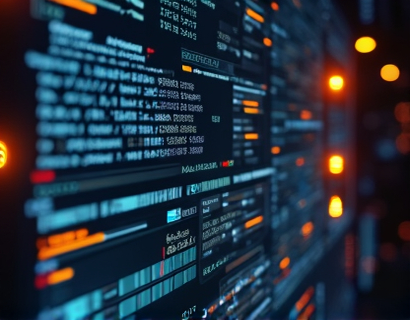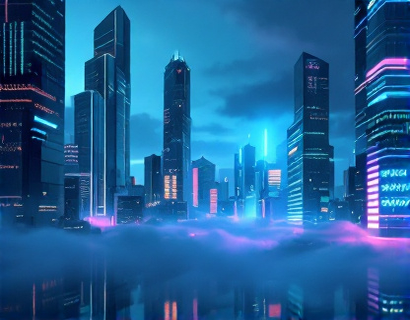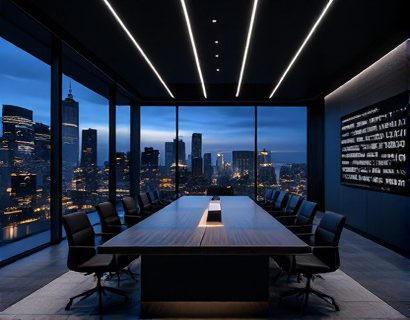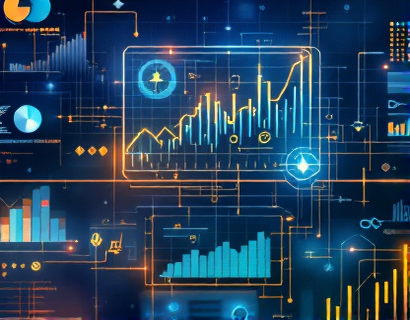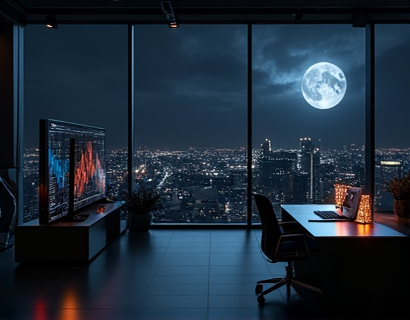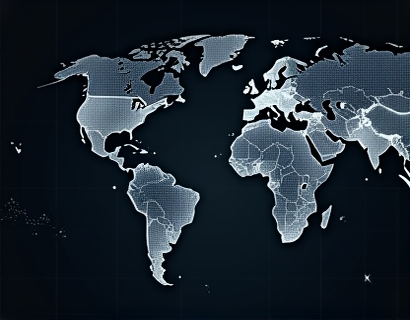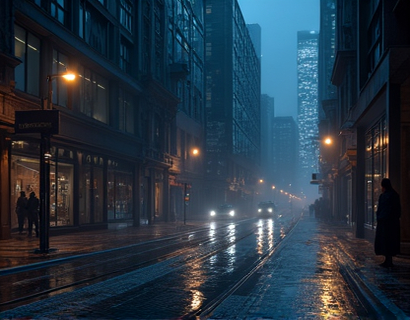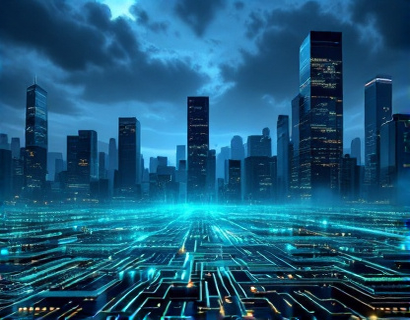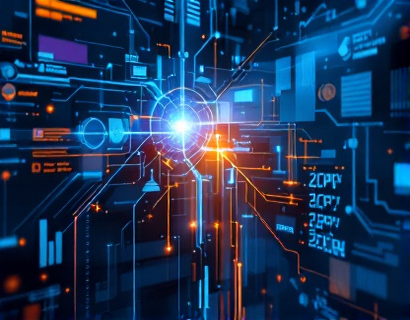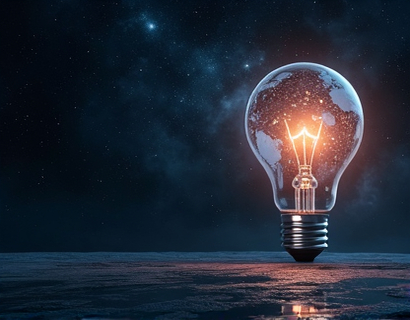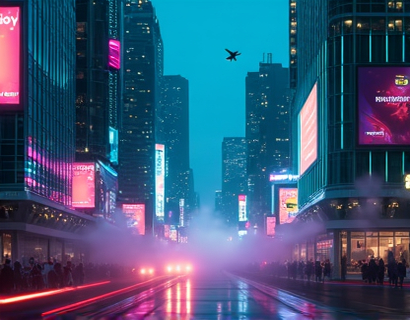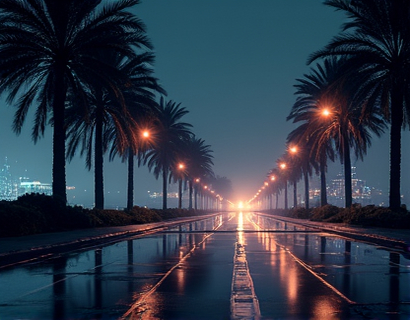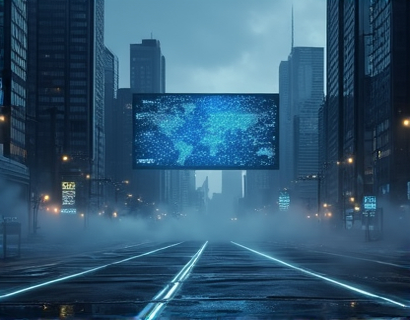Unlocking Creative Potential: Transforming Ideas into Stunning Images with AI-Powered Art Generation
The intersection of technology and art has given rise to a revolutionary tool that empowers creators to bring their most imaginative visions to life. This innovative digital canvas leverages the power of artificial intelligence to transform abstract ideas into breathtaking, high-quality images. For artists and businesses alike, this platform represents the next frontier in creative expression, offering an intuitive and powerful means to generate unique and stunning visuals with unprecedented ease.
The Evolution of Art Creation
Traditionally, the process of creating art involved a deep blend of skill, practice, and often, a significant amount of time. From sketching initial ideas to refining details, each step required manual effort and expertise. However, with the advent of AI-powered art generation, this process has been dramatically transformed. The integration of machine learning algorithms and neural networks allows for the automatic translation of textual descriptions into visual art, bridging the gap between concept and reality.
How AI Art Generation Works
The core of this technology lies in its ability to understand and interpret human language, specifically creative prompts, and convert them into visual representations. This involves several complex steps, starting with natural language processing (NLP), where the AI system analyzes the input text to grasp the essence and details of the desired image. Following this, generative models, such as Generative Adversarial Networks (GANs) or Variational Autoencoders (VAEs), come into play. These models use vast datasets of images to learn patterns and styles, enabling them to generate new, original images that match the given prompts.
The synergy between NLP and generative models ensures that the final output is not just a random assortment of visual elements but a coherent and aesthetically pleasing representation of the initial idea. This technology continuously learns and improves, adapting to new styles and preferences, thus offering an ever-evolving creative tool.
Benefits for Artists
For professional artists, this AI-powered platform serves as an invaluable asset. It acts as a muse, providing inspiration and new perspectives that might not have been considered otherwise. Artists can use the platform to explore different styles, experiment with color palettes, and even combine elements from various art movements in a single piece. This tool can help overcome creative blocks, accelerate the brainstorming process, and expand the range of possible projects.
Moreover, the efficiency gained from using AI to generate initial concepts or detailed backgrounds allows artists to focus more on the nuanced aspects of their work, such as fine detailing and emotional depth. This collaboration between human creativity and machine intelligence can lead to innovative artworks that push the boundaries of traditional art forms.
Opportunities for Businesses
Businesses, particularly those in marketing, advertising, and branding, can greatly benefit from this technology. The ability to quickly generate unique and high-quality visuals can significantly enhance brand identity and marketing materials. From logo design to product illustrations, and from social media graphics to website backgrounds, the versatility of AI-generated images is vast.
Moreover, the cost and time savings are substantial. Instead of hiring artists for each new project or waiting for lengthy design processes, businesses can use this platform to produce custom visuals on demand. This flexibility is especially valuable in fast-paced industries where trends change rapidly and the need for fresh, engaging content is constant.
Use Cases in Various Industries
The applications of AI-powered art generation extend beyond art and business. In the field of education, it can be used to create interactive and visually engaging learning materials. For instance, history lessons can come to life with vivid reconstructions of ancient civilizations, or science concepts can be illustrated through dynamic, animated diagrams.
In the realm of architecture and real estate, this technology can generate realistic property visualizations, allowing clients to explore different design options and make informed decisions more quickly. The real estate industry can benefit from faster turnaround times and higher client satisfaction due to the ability to present high-quality, custom visuals.
Creating with AI: A Step-by-Step Guide
To harness the power of AI in art generation, one need not be a tech expert. The process is straightforward and accessible, making it suitable for users of all skill levels.
Step 1: Conceptualization
The first step is to define the concept or idea you want to bring to life. This could be a specific scene, a character, an abstract pattern, or any other creative vision. The more detailed and clear the prompt, the better the AI can understand and execute the desired outcome.
Step 2: Inputting the Prompt
Once the concept is clear, it is inputted into the AI system through a user-friendly interface. This can be a text box where you type or paste your description. The platform may also offer suggestions or templates to get you started, ensuring that even those new to this technology can begin creating immediately.
Step 3: Customization
After the initial generation, the AI typically provides a first iteration of the image. At this stage, users can refine the output by adjusting parameters such as style, color scheme, composition, and details. This iterative process allows for fine-tuning until the final image meets the desired standards.
Step 4: Download and Use
Once satisfied with the result, the image can be downloaded in various formats suitable for different uses, whether for digital platforms, print materials, or physical art displays. The convenience of having high-quality visuals at your fingertips opens up endless possibilities for creative expression and application.
The Future of Creative Collaboration
The integration of AI in art generation is not just a tool but a new form of creative collaboration. It expands the capabilities of human creators, offering a symbiotic relationship where each party enhances the other's strengths. While AI can handle the technical aspects and generate a wide range of styles, human creativity provides the emotional depth and unique perspective that machines cannot replicate.
This partnership can lead to new genres of art, innovative marketing strategies, and immersive experiences across various industries. As AI technology continues to advance, the potential for creative breakthroughs becomes even more exciting, promising a future where the boundaries of art and technology blur, giving rise to unprecedented forms of expression.
Embracing the Digital Canvas
In conclusion, the AI-powered art generation platform represents a significant leap forward in creative technology. It democratizes the art creation process, making high-quality visuals accessible to anyone with an idea. Whether you are an artist seeking new inspiration or a business looking to enhance your visual content, this tool offers a powerful and intuitive means to transform your visions into reality.
By embracing this technology, creators can unlock new levels of productivity and innovation, pushing the frontiers of what is possible in the digital age. The future of art is here, and it is more vibrant, diverse, and accessible than ever before.






